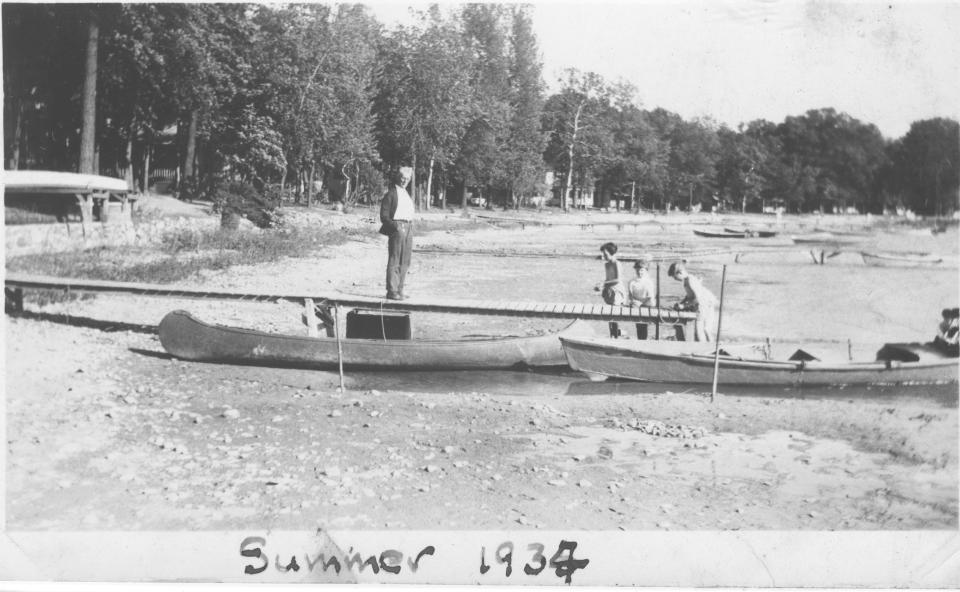Drought of 1934 felt by thousands in Lenawee County

I remember the "Drought of 1988," one of the only times I saw hopes come and go on weather stations of life-giving rain, a year where the grass was dried and brown by June, and gardens only survived because of daily watering of both well and gray water.
My grandparents remembered a similar dry year during the Great Depression, known locally and simply as the Drought of 1934.
That year started dry, just as the year before. By March, farmers began asking if relief aid would be coming to offset the losses both past and anticipated. Judge M.E. Tripp reported in mid-March that he heard from higher government officials that Lenawee County would not be eligible for drought relief funds. However, in the harder-hit areas of the county, farmers were being supplied with feed and seed for spring planting. The drought was widespread, with reports coming from Michigan to Chicago to Iowa of the desperate conditions wrought by the lack of rain.
In early May, Clinton P. Milham, county agricultural agent, reported that "beneficial rain" had fallen around Adrian, but the rest of the county was in bad shape.
Prayers were answered the next day, May 9, as a "million dollar rain" system parked itself over the state. While farmers celebrated the much-needed rainfall, it was not enough to foster a healthy agricultural season. One of the top stories in the May 21, 1934, Daily Telegram lamented that flowing water wells had dried, oat crops would be short and corn planting had been delayed in the hopes of enough rainfall to guarantee germination. The hay crop was threatened and expected at that time to be half of its normal cutting.
It is seldom that sparse rainstorms made front page headlines, but the May 22 Telegram highlighted the fact most of the county received a three-hour rainfall that penetrated several inches deep into the soil.
Drought relief money was promised in early August to impacted Lenawee County farmers; however, there was still no word at the end of the month on when the aid would come
At Devils Lake, the waters continued to recede, and by summer the sand bar between Cherry Point and the strip of land between that and Round Lake had become dry land. Other shallow points around the lake had also been fully exposed and dried. The Aug. 29 paper reported "it is now possible to walk across Devils Lake," citing the lake level had dropped 3 feet. "Devils Lake today is in reality two lakes, North Devils lake and South Devils lake."

The 62nd annual farmer's picnic drew a smaller crowd than in previous years. Approximately 2,500 Hillsdale and Lenawee farmers and their families, about a third of its normal attendance, gathered at Lake View. Larger concerns at home with the lack of rainfall was believed to be part of the reason for the lack of attendance.
With the crop season over by Sept. 1, farmers and nonfarmers alike declared 1934 to be the worst summer drought in local history. Only 4.45 inches of rain fell all summer, down from an average of 13.96 inches. "Not even heavy September rains can repair the damage that has been done." Farmers continued to battle government red tape into the fall for some sort of relief, signing a petition for the county to be given primary priority. It was too late to fill empty silos for the year but, unable to change the events of 1934, set their collective eyes forward to 1935 and recovery that would thankfully not be compared for more than 50 years.
Dan Cherry is a Lenawee County historian.
This article originally appeared on The Daily Telegram: Dan Cherry: Drought of 1934 felt by thousands

